 |
| The ancient bronze bell of Sung Khanh Pagoda was cast in 1707. |
Stone steles and bronze bells ring out across the land
According to historical records, Sung Khanh Pagoda was built in the year of Binh Than 1356, the reign of Thieu Phong, under the reign of King Tran Du Tong. The small pagoda was located on a high hill, with its back leaning against the mountain and its face facing the Lo River. Eleven years later, in 1367, a monolithic green stone stele was erected in the pagoda, 90 cm high, 47 cm wide, 11 cm thick, placed on the back of a turtle. The stele was engraved with solemn Chinese characters, recording the merits of the Nguyen Phu Dao and the believers in building the pagoda, donating fields, and donating people to serve the pagoda.
The stele is not only a record of achievements but also a valuable original document for comparison with Tran Dynasty documents. In particular, this is one of the few 14th century steles still existing in the northern mountainous region, helping researchers study place names, history, and writing, including early Nom script. According to cultural researchers, the stele reflects the philosophy of life of the ancients: Respect for Buddhism, morality, etiquette, and especially community awareness, preserving the country's borders. In addition, the inscription on the stele also helps to understand more about the Phu Dao regime of the Tran Dynasty, reflecting the presence of the central government in the border region.
More than 300 years later, in 1707, under the reign of King Le Du Tong, the pagoda was restored and embellished. The bronze bell, 90 cm high and 67 cm in diameter, was cast at the pagoda. The body of the bell is carved with reliefs of dragons, lotus flowers, winding patterns and four reliefs of people standing guard in four directions. The inscription on the bell reads: “The world is peaceful , the country is prosperous... people from all four realms are in harmony, living virtuously... The bell is struck, the sound resounds, the nine souls above, people on the ground can hear, the whole world is in spiritual harmony, the good reputation spreads...”. The inscription also records the names of those who contributed to the casting of the bell, from court officials, people from all over the world, women, showing a peaceful, prosperous society, rich in faith, valuing the spirit of community, solidarity in building pagodas, and upholding religion.
Through many events, ups and downs of national history, Sung Khanh Pagoda has been destroyed and damaged many times. However, the stone stele and bronze bell remain almost intact, like two silent "witnesses" of time, connecting the past with the present.
Ms. Nguyen Thi Danh, a Buddhist living at the foot of the pagoda, shared: “Building a pagoda to uphold the religion, casting a bell to call people’s hearts. With Buddha in the borderland, people do not fear the enemy. The sound of the pagoda bell every morning is an echo from history, the heart’s prayer for peace of the people in the borderland.”
With its special historical and cultural values, in 1999, Sung Khanh Pagoda was recognized as a national historical relic by the Ministry of Culture, Sports and Tourism. In 2013, the stone stele of Sung Khanh Pagoda was officially recognized as a National Treasure.
 |
| Sung Khanh Pagoda, Lang Nung village, Vi Xuyen commune. |
Spiritual tourist attractions attract visitors
The presence of Sung Khanh Pagoda is closely associated with the traditional Long Tong Festival (going down to the fields) of the Tay people in Vi Xuyen commune. On the full moon day of the first lunar month every year, local people and Buddhists from all over the country flock to the festival. The ceremony is to offer offerings to Buddha and to thank the gods, praying for favorable weather, bountiful crops, and a prosperous village. The festival is bustling with many folk games such as throwing cones, walking on stilts, tug of war, blindfolded goat catching, ethnic culinary competitions, and especially the rice planting competition right in the field in front of the pagoda gate.
Along with the festival, Sung Khanh Pagoda has become an important destination in the spiritual tourism route of the province. Ms. Nguyen Thi Hang, a tourist from Hanoi, shared: “The small, quiet pagoda in the middle of the mountains and forests, containing historical and cultural values, gives me profound experiences about the history of the nation, and also moments of peace amidst the hustle and bustle of modern life”. Not only Ms. Hang, many groups of visitors when setting foot in the pagoda expressed their emotions. With its ancient space, quiet forest and the sound of bells ringing in the middle of the forest, Sung Khanh is like a precious moment of silence in the journey to find one's roots.
In recent years, the provincial tourism industry has actively integrated spiritual relic sites into the cultural - heritage - identity experience tourism chain. Many experience tours are built in the direction of green, sustainable tourism, associated with highland culture, in which Sung Khanh Pagoda is an important historical highlight.
Amidst the unceasing flow of time, Sung Khanh Pagoda remains silent, like a message from our ancestors about a sacred land associated with sovereignty and national identity. And for that echo to resound far and wide, Sung Khanh Pagoda needs to continue to be cared for, restored, preserved and promoted for its sustainable value, becoming a vibrant destination in the journey of preserving memories, inspiring culture, and fostering patriotism at the headland of the Fatherland.
An Giang
Source: https://baotuyenquang.com.vn/van-hoa/202508/tieng-vongo-chua-sung-khanh-bfd76ca/



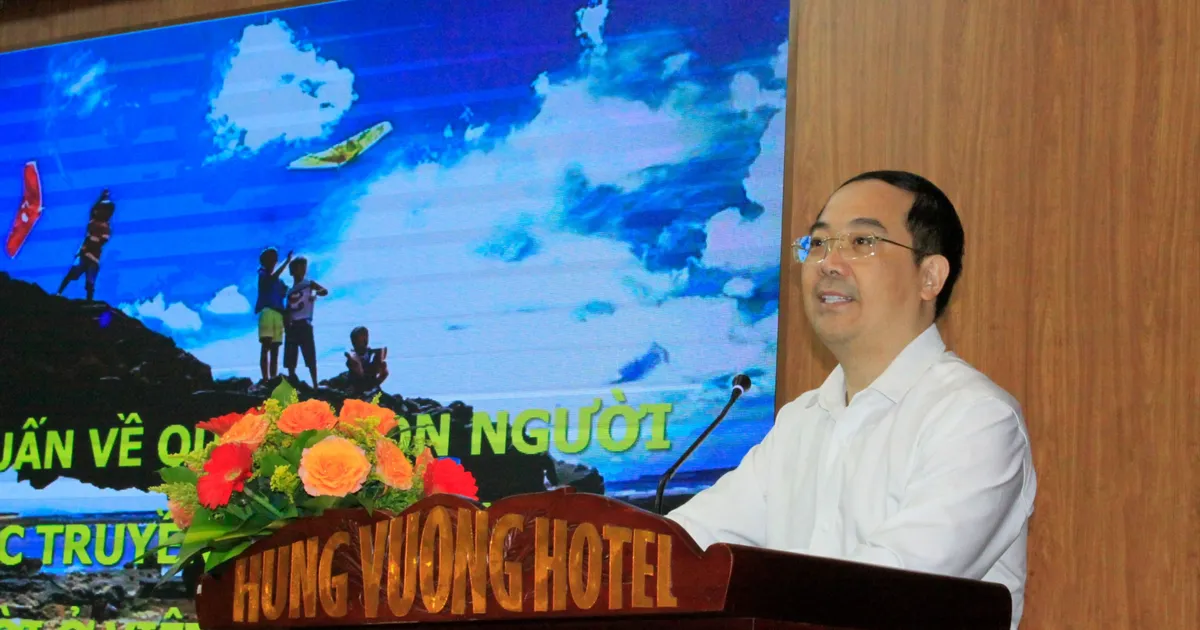
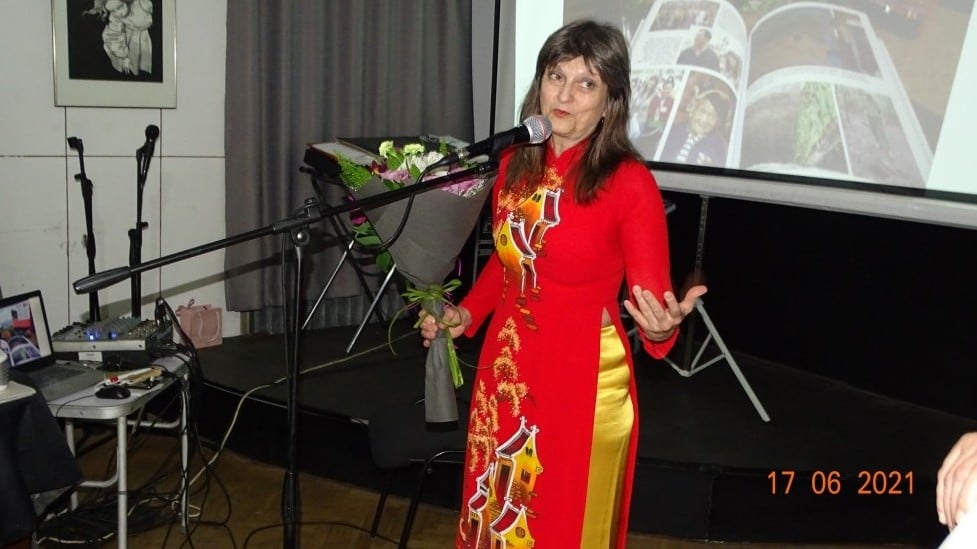

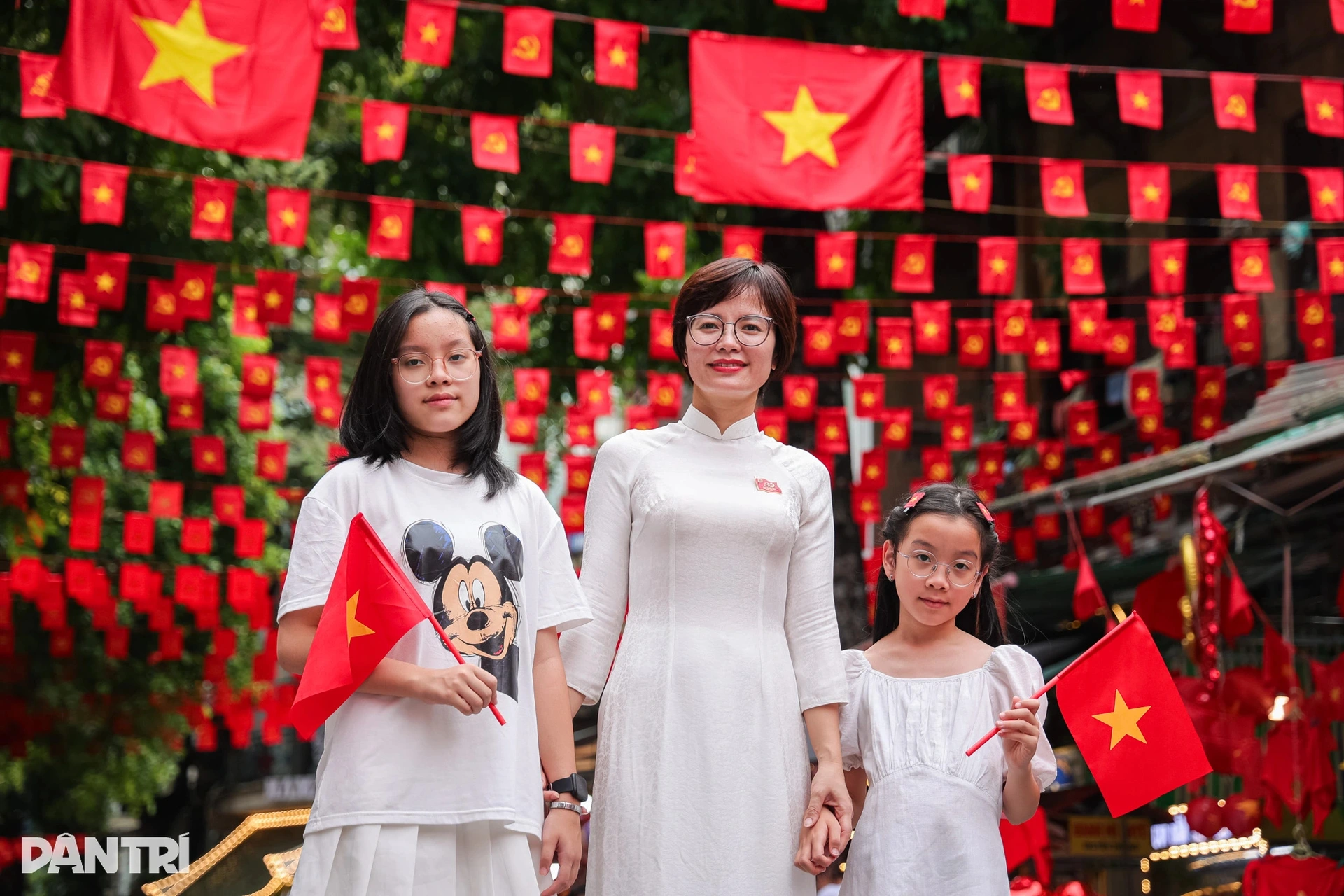





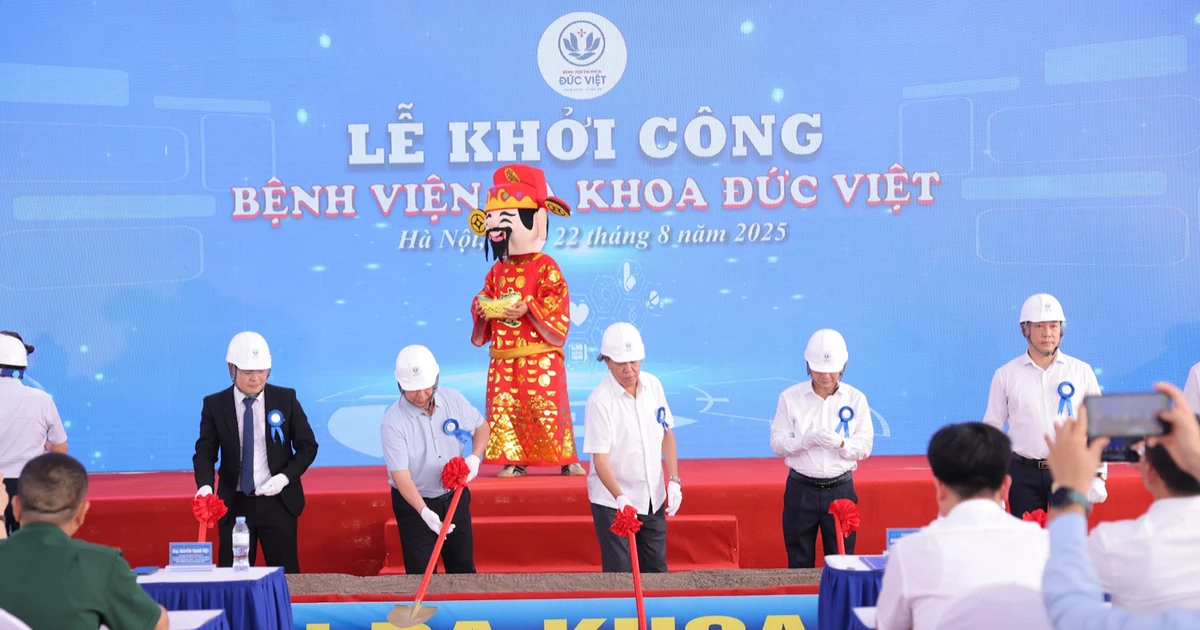











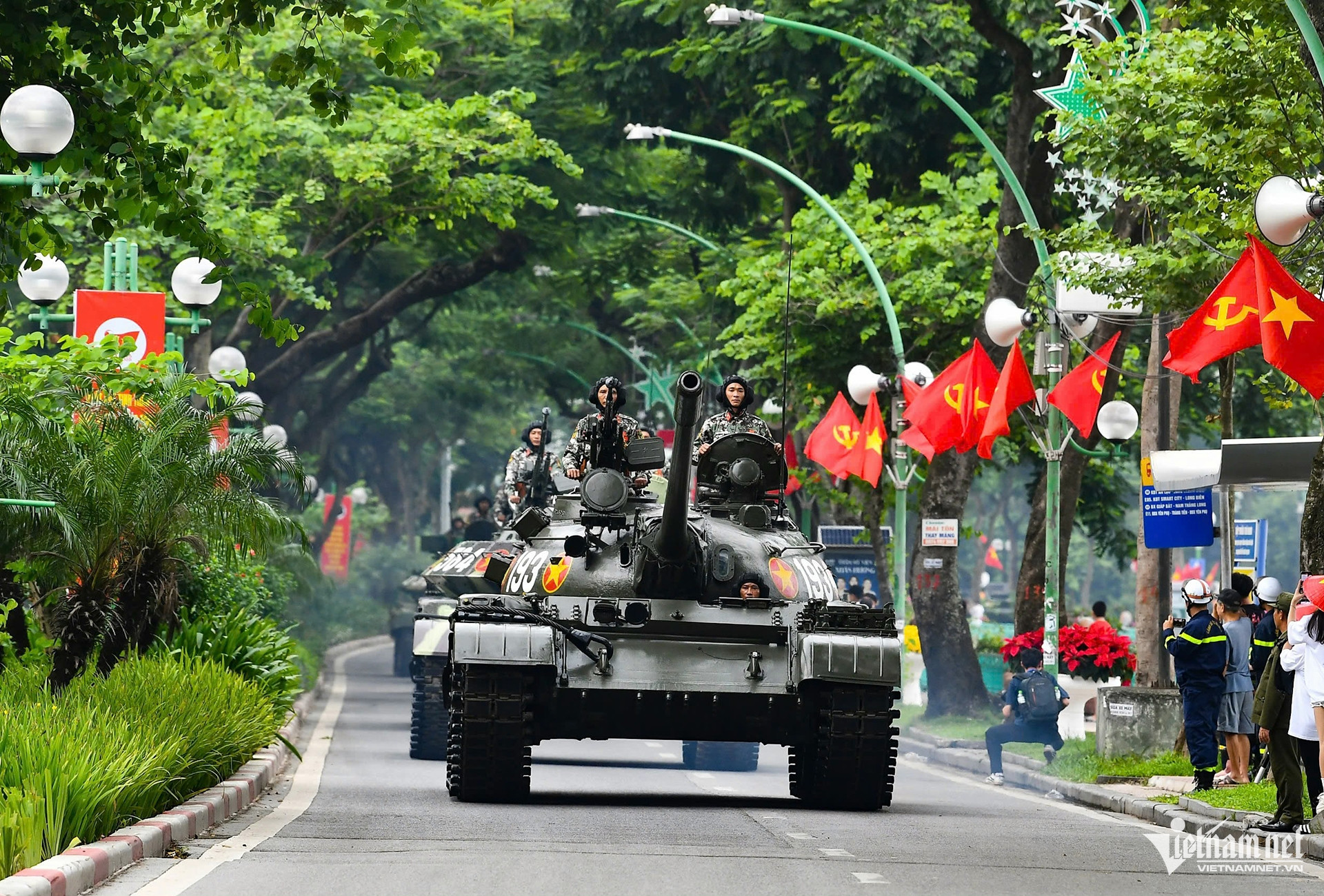


![[Photo] Scientific workshop "Trade unions with the task of participating in state management and building a socialist rule of law state"](https://vstatic.vietnam.vn/vietnam/resource/IMAGE/2025/8/22/789f6384ec37466098a8bcb531deb281)












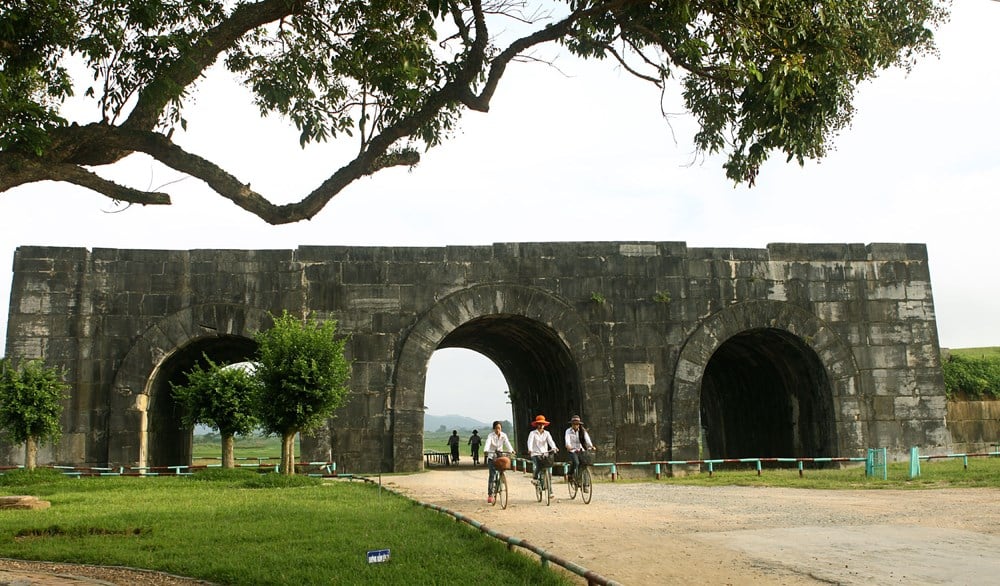





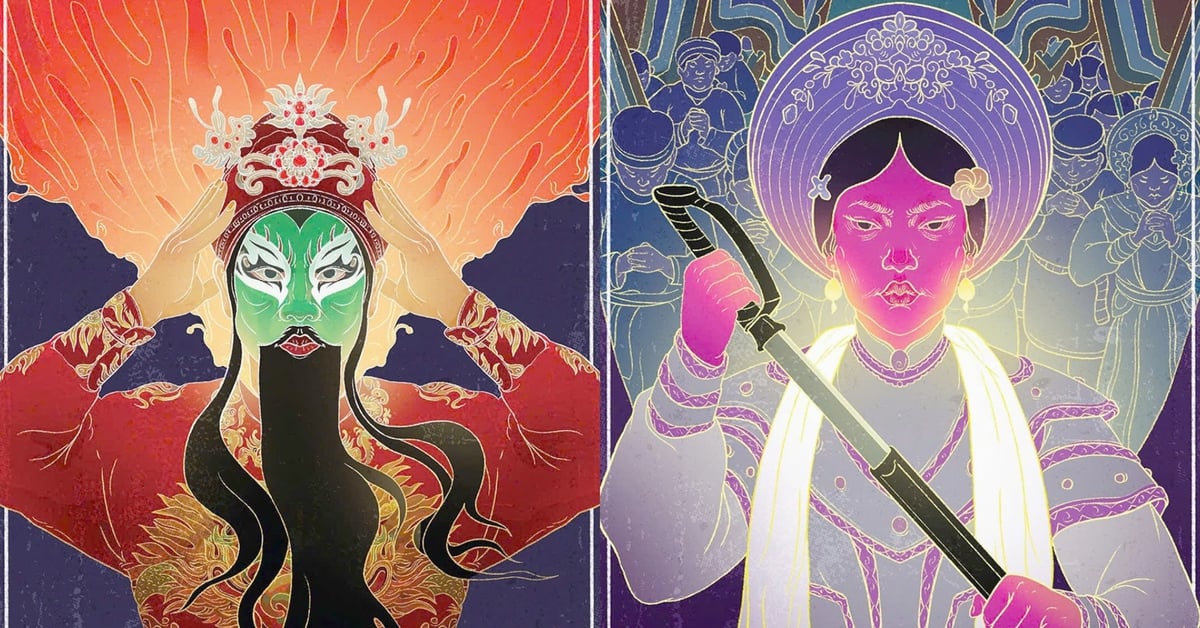


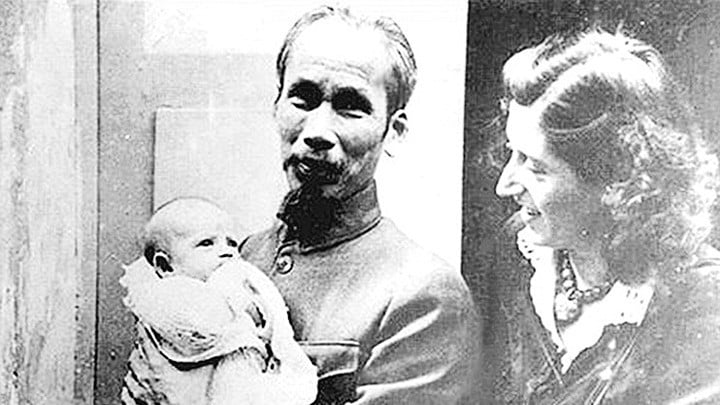








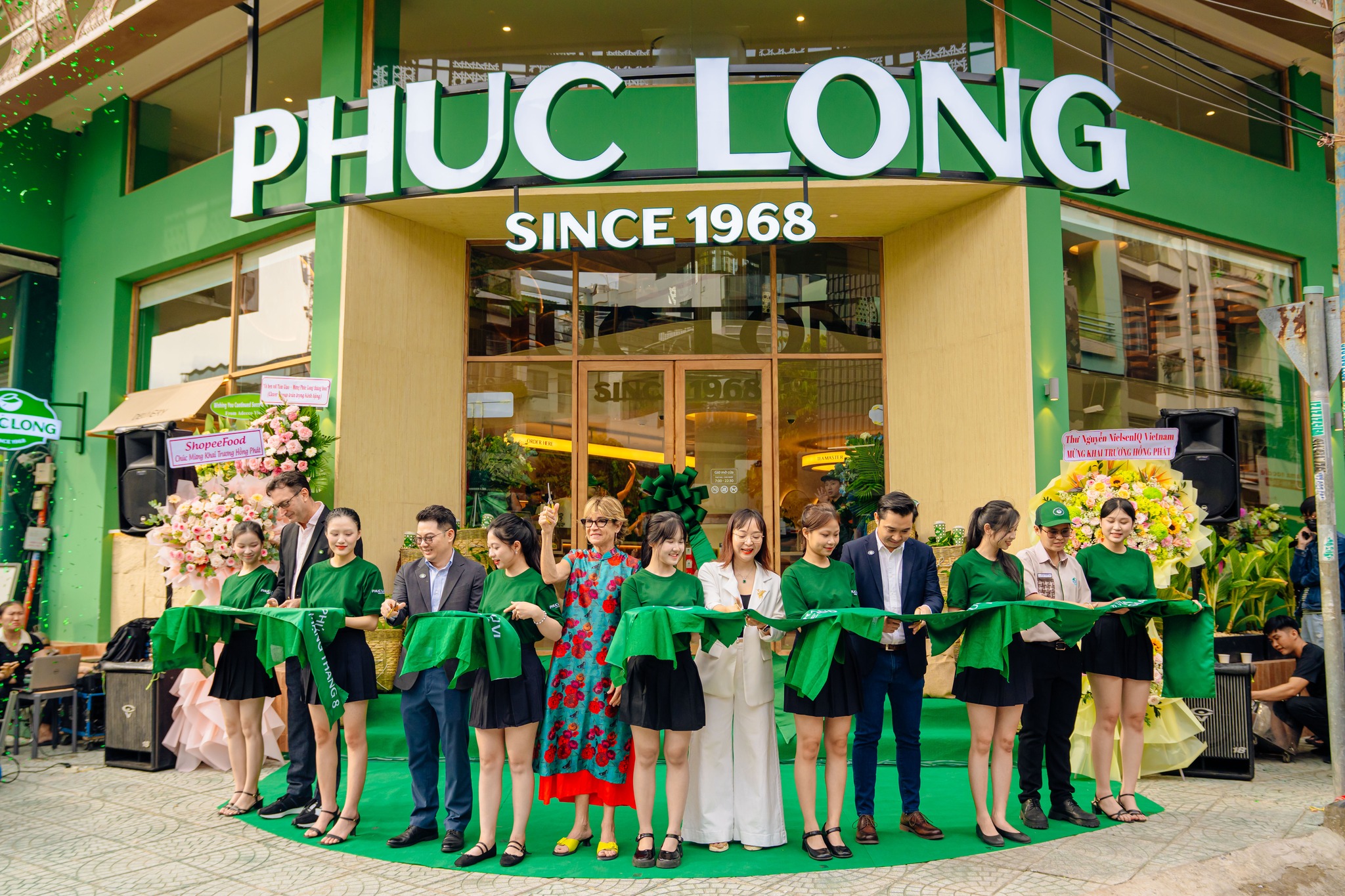

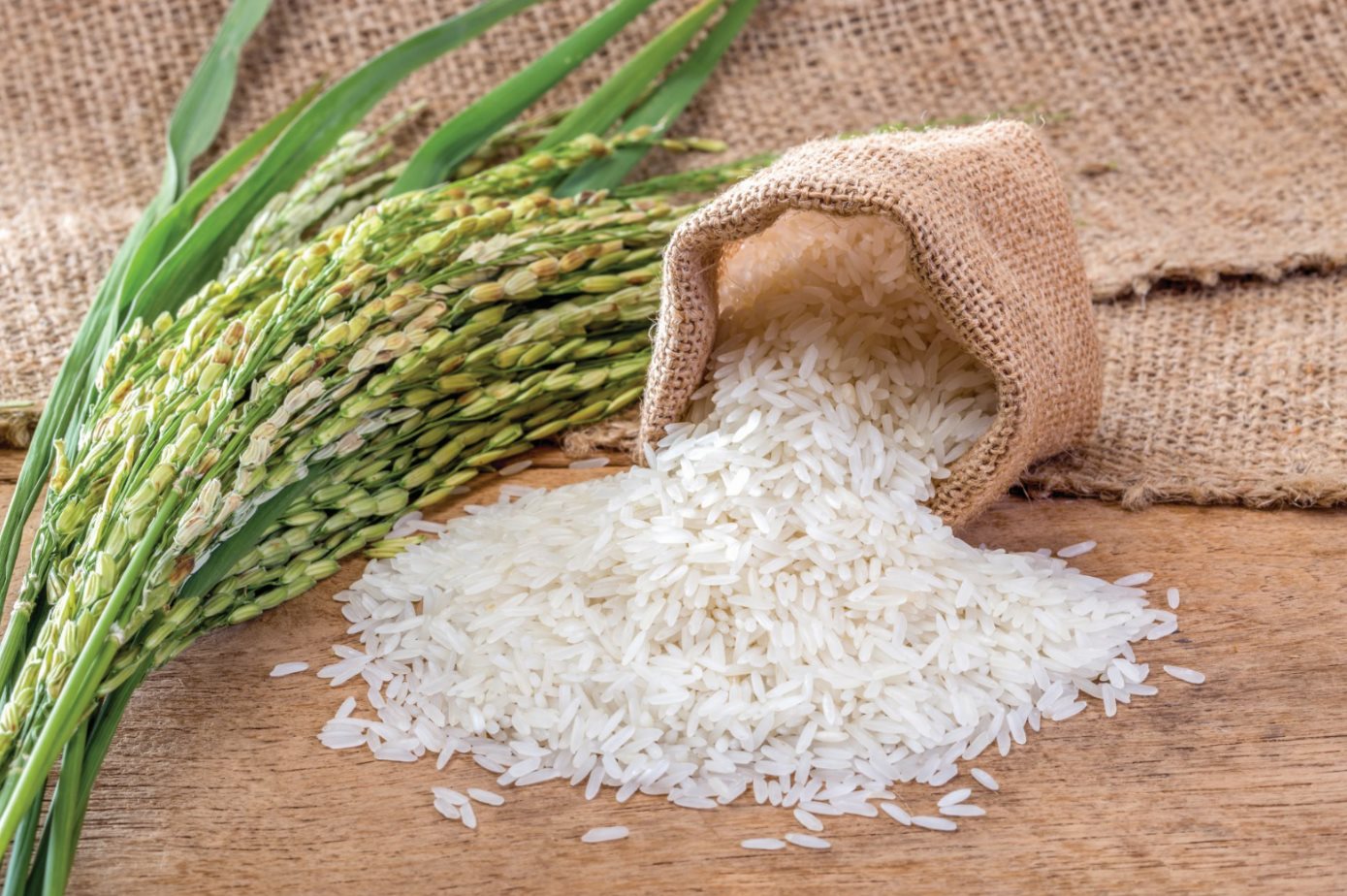


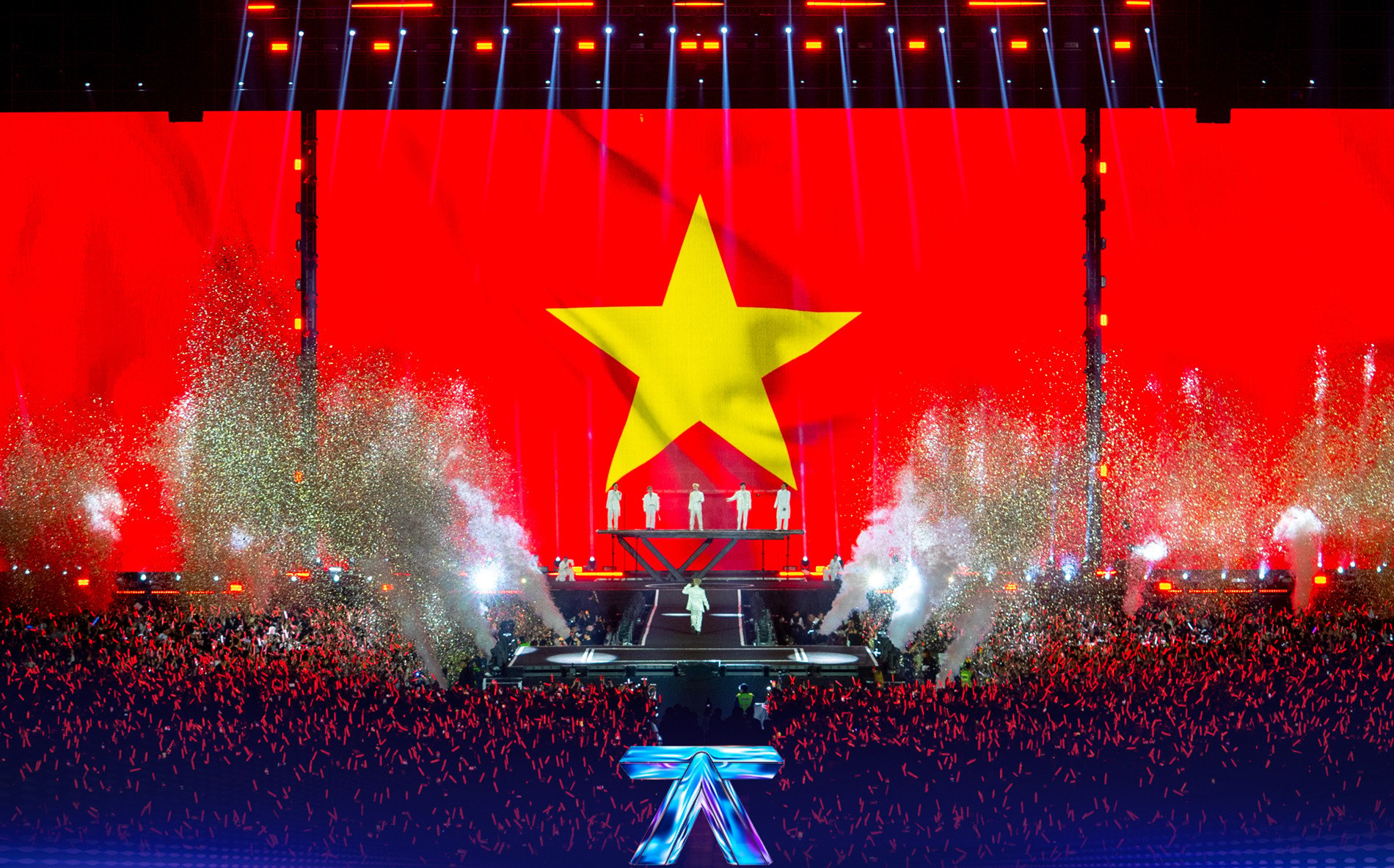
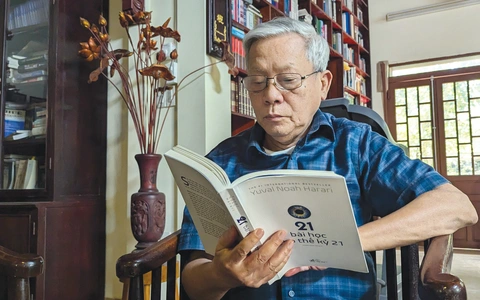
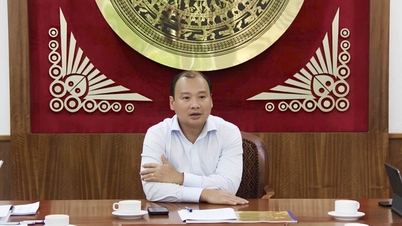









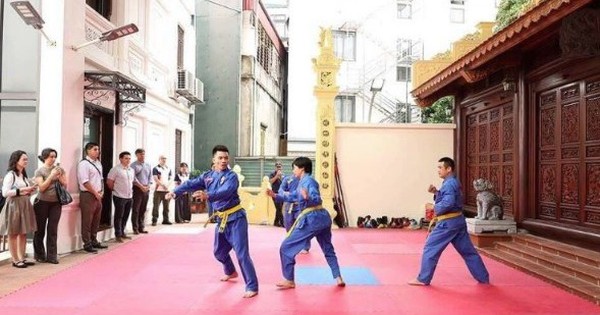











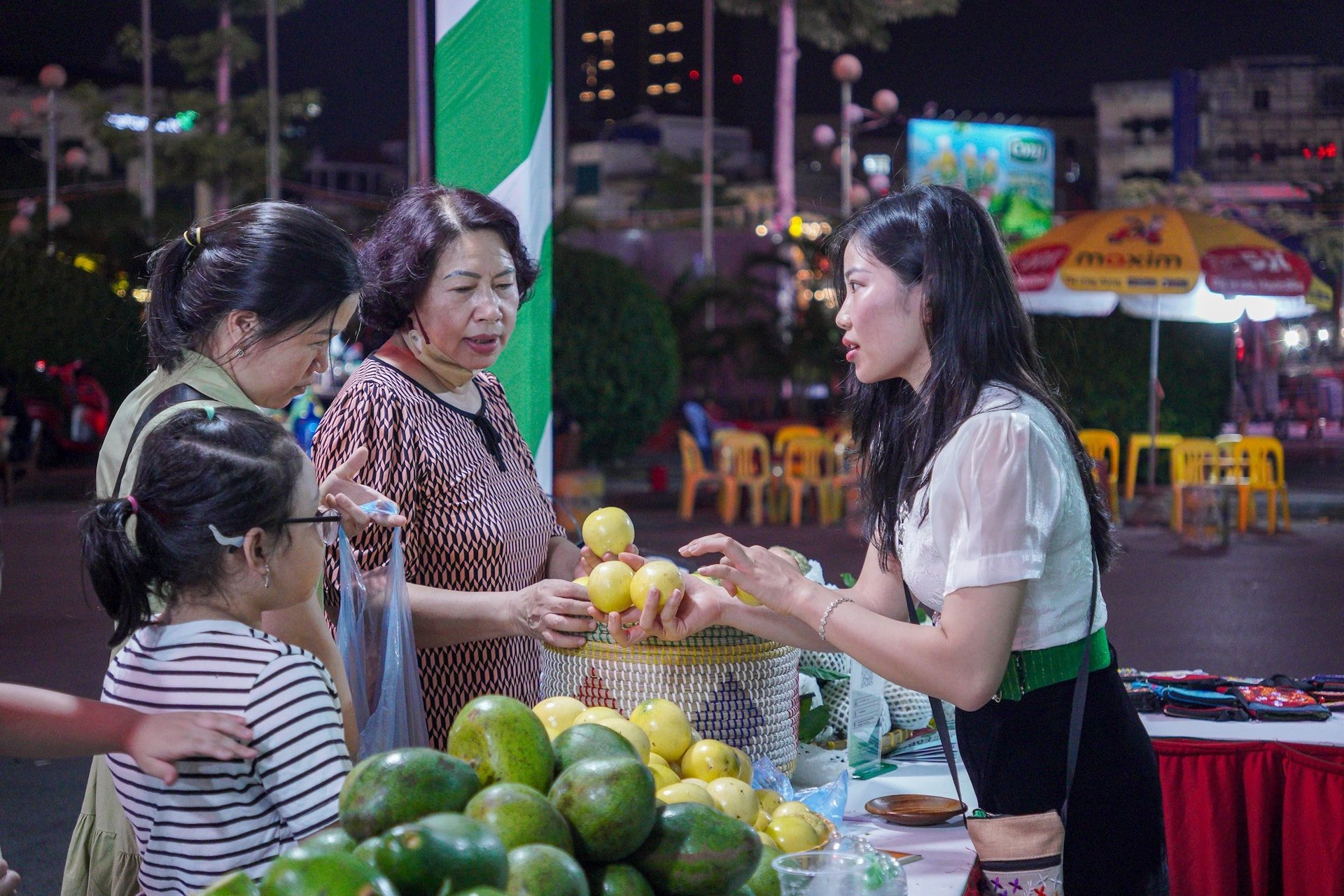
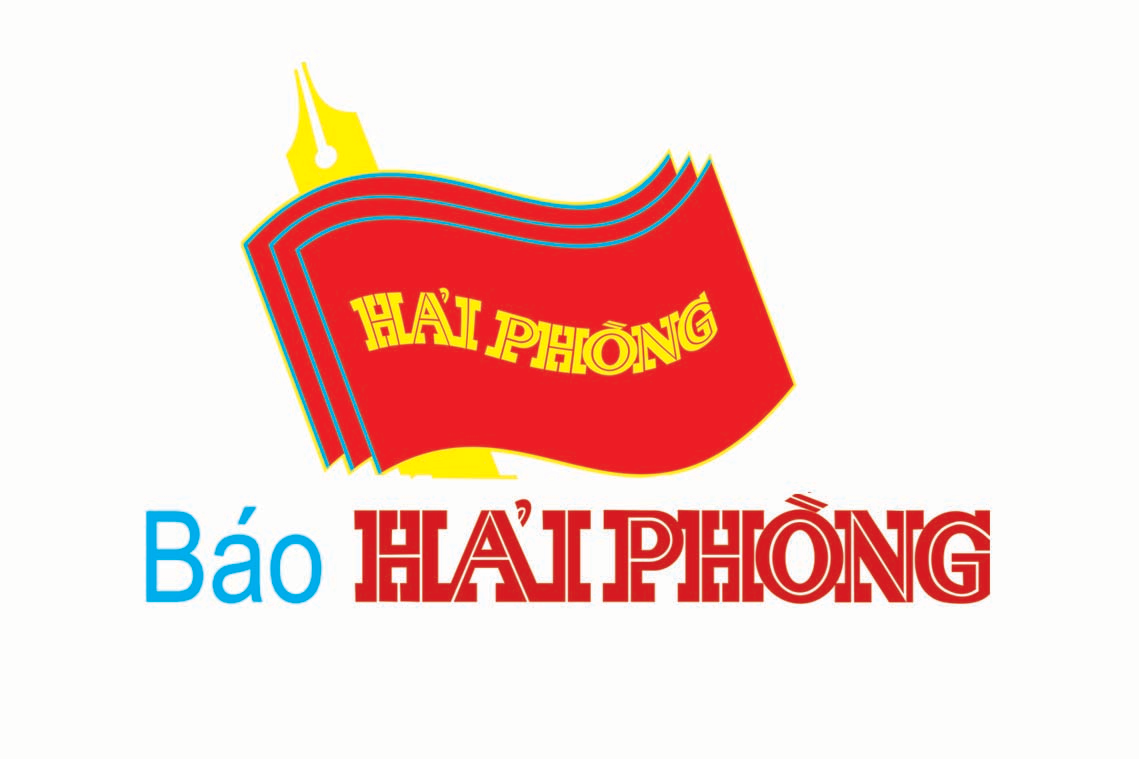


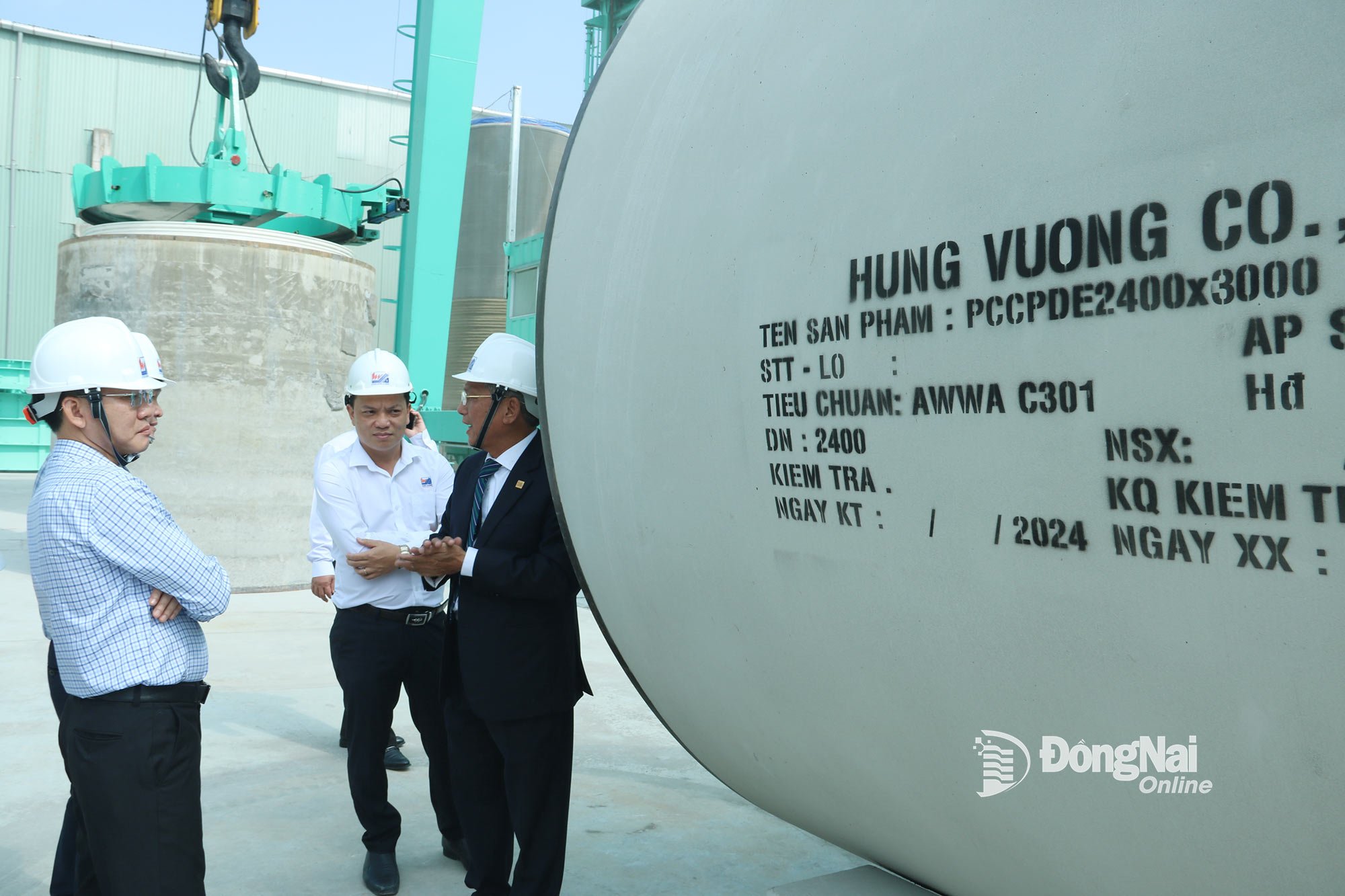






Comment (0)